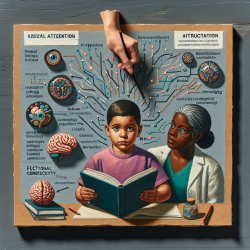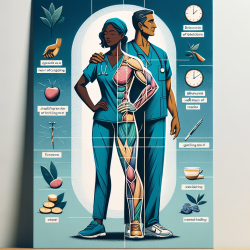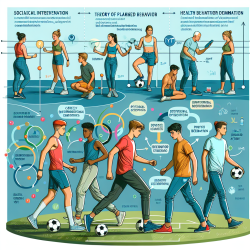Introduction
Temporomandibular disorders (TMD) are a prevalent musculoskeletal condition affecting the temporomandibular joint (TMJ) and associated structures. They can significantly impact a patient's quality of life, causing chronic orofacial pain and functional limitations. Recent research highlights the importance of a multidisciplinary approach in managing TMD, particularly the role of physical therapy (PT) as a conservative treatment option.
The Study: A Snapshot
The study titled "Dentists' Awareness of Physical Therapy in the Treatment of Temporomandibular Disorders: A Preliminary Study" aimed to assess the awareness among dentists in Florida regarding the role of PT in TMD management. The research utilized an online questionnaire distributed to dentists, with 256 respondents providing insights into their current practices and awareness levels.
Key Findings
- Prior to the survey, 41% of dentists were unaware that PTs could treat TMD patients.
- After the survey, 81% of dentists expressed a greater likelihood of referring TMD patients to PTs.
- 80% of respondents were interested in learning more about the benefits of collaborating with PTs.
Implications for Practice
The findings underscore a significant gap in awareness among dentists about the benefits of PT in TMD management. This lack of awareness can hinder optimal patient outcomes. By integrating PT into the treatment plan, dentists can leverage the expertise of PTs in musculoskeletal rehabilitation, potentially improving pain management and functional recovery for TMD patients.
Encouraging Collaboration
To foster better outcomes, it is crucial for dentists to engage in interdisciplinary collaboration with PTs. This can involve joint consultations, shared treatment plans, and continuous communication to address the multifaceted nature of TMD. Additionally, incorporating PT education into dental curricula can enhance understanding and collaboration from the outset of dental careers.
Further Research and Education
While this study provides valuable insights, it also highlights the need for further research to explore the effectiveness of increased collaboration between dentists and PTs. Future studies could focus on the actual impact of such collaborations on patient outcomes and explore barriers to implementing these practices more widely.
For practitioners looking to improve their skills and patient outcomes, staying informed about the latest research and actively seeking collaborative opportunities with PTs can be invaluable. By doing so, they can ensure that their patients receive comprehensive, effective care for TMD.
To read the original research paper, please follow this link: Dentists' Awareness of Physical Therapy in the Treatment of Temporomandibular Disorders: A Preliminary Study.










